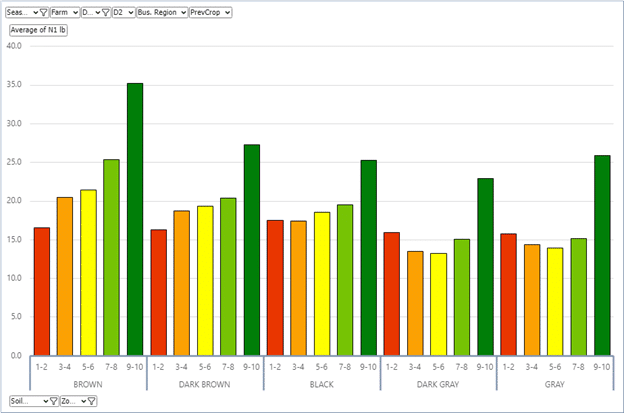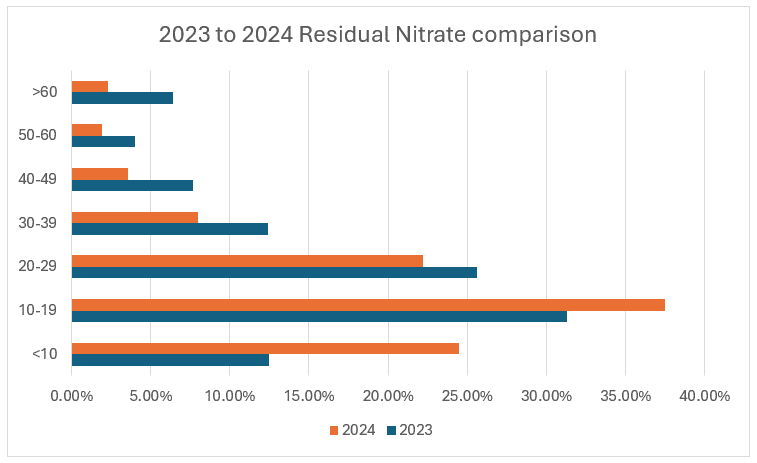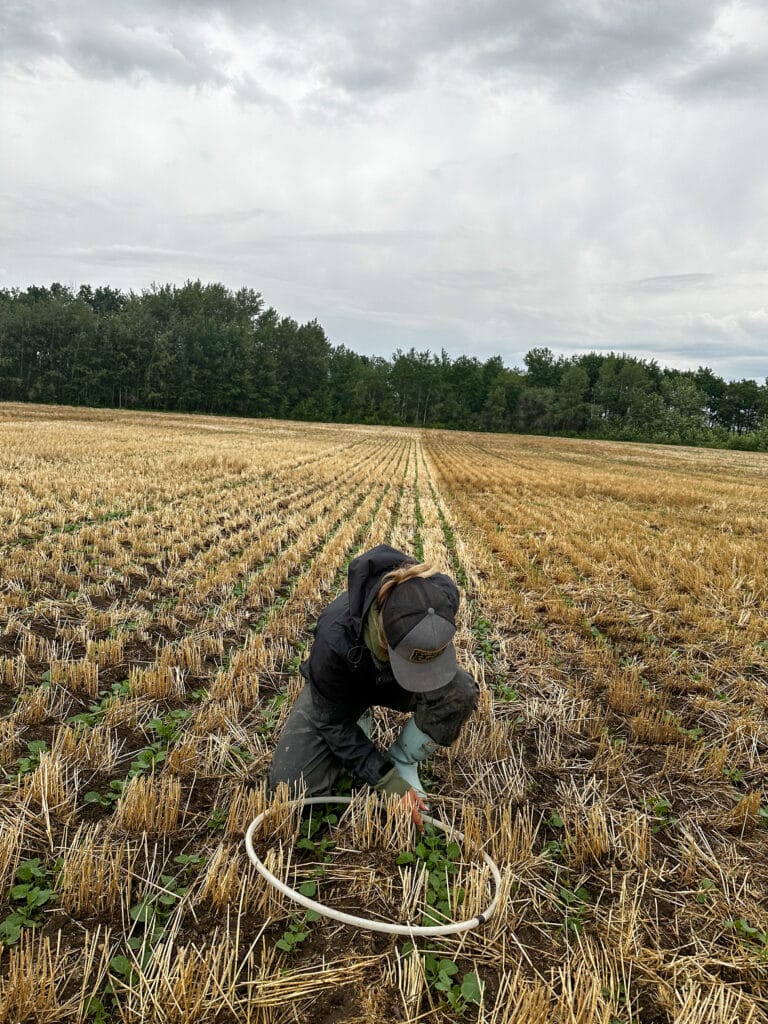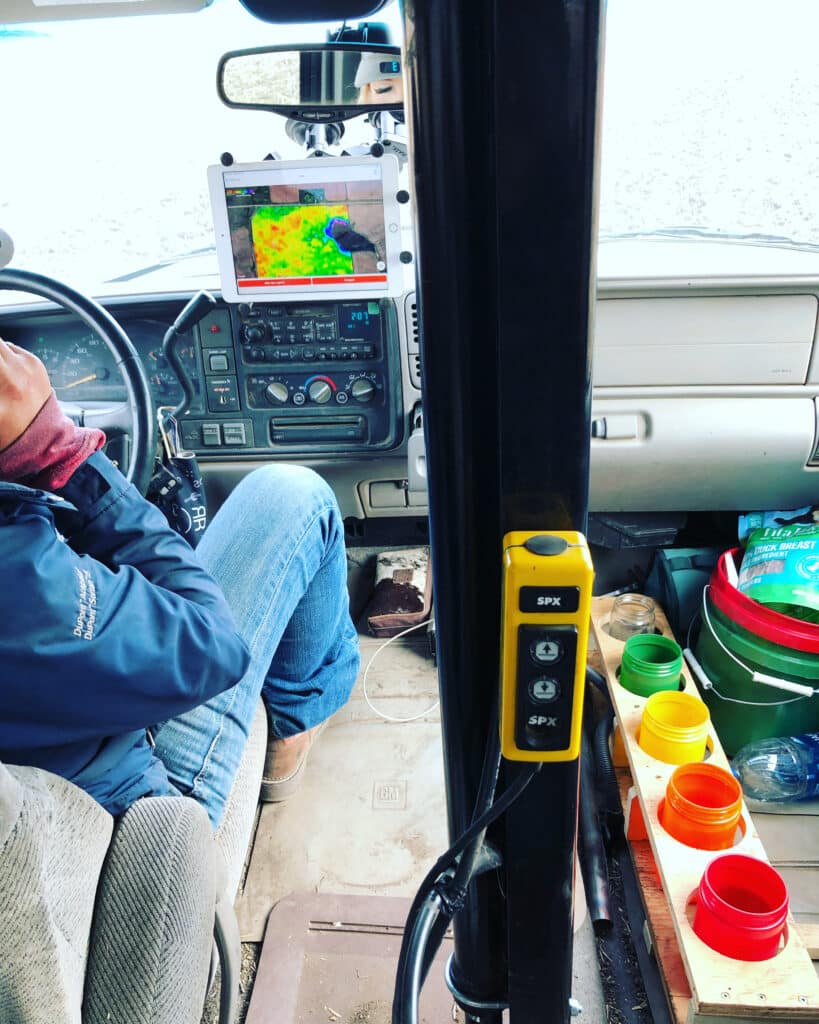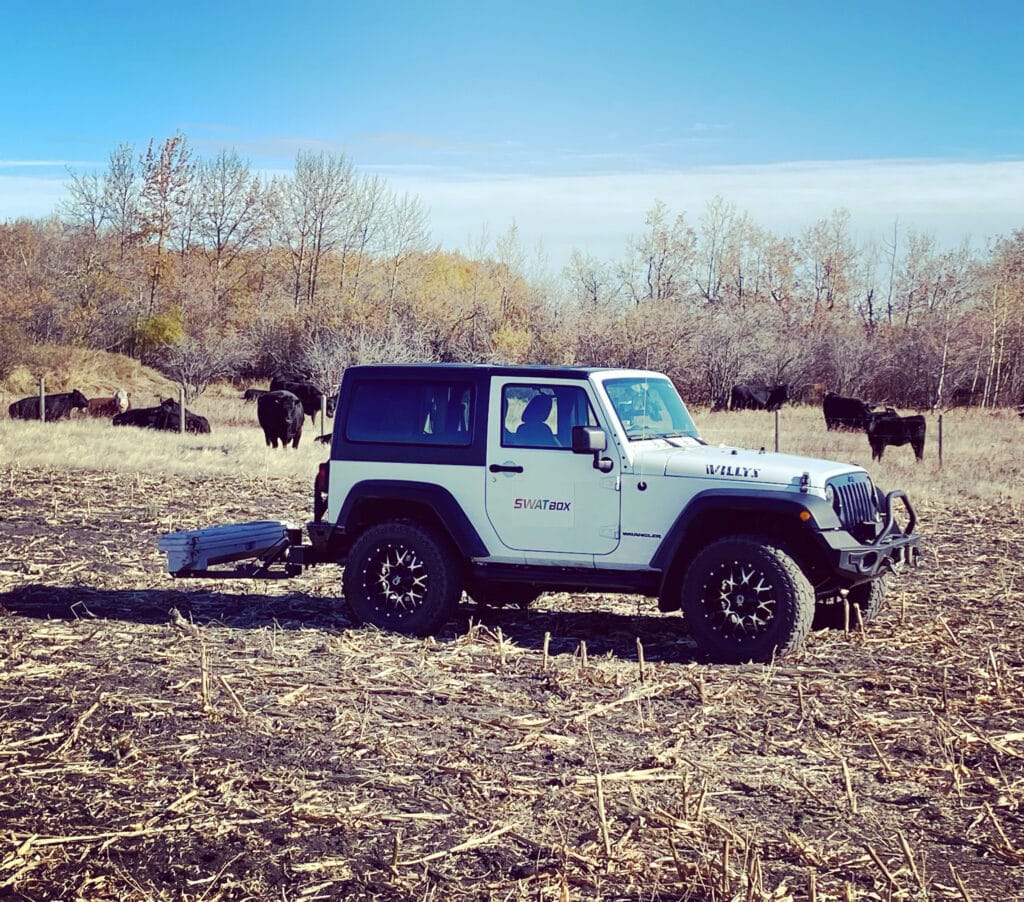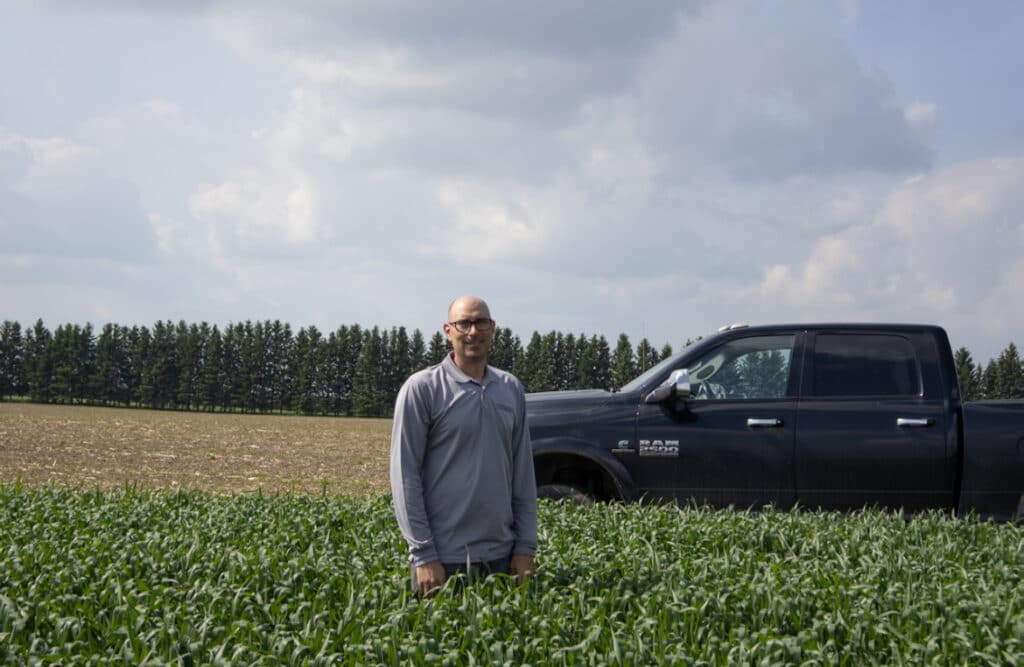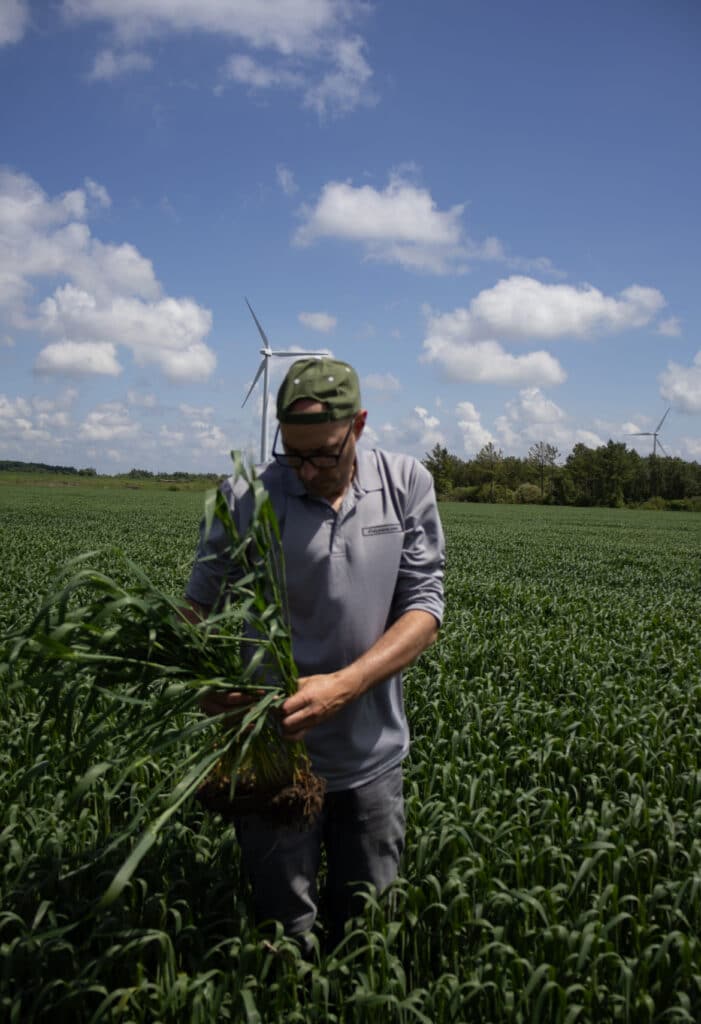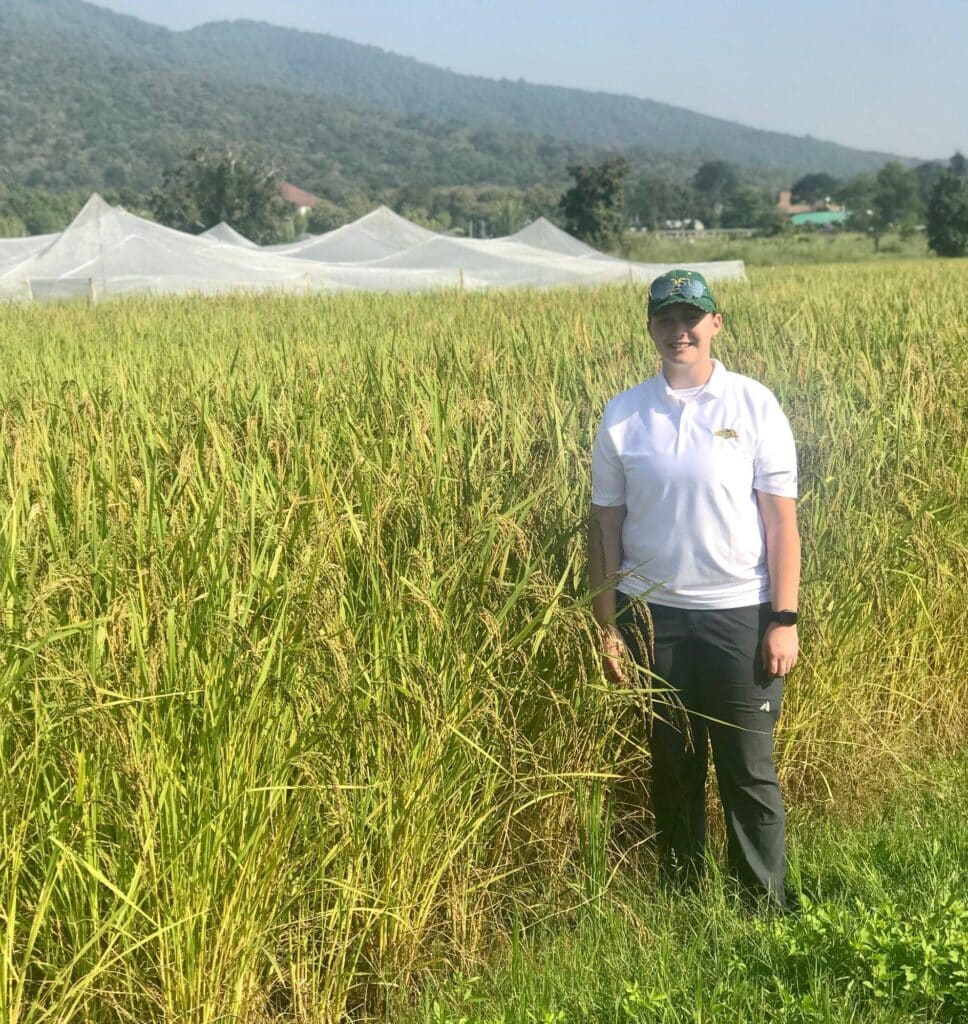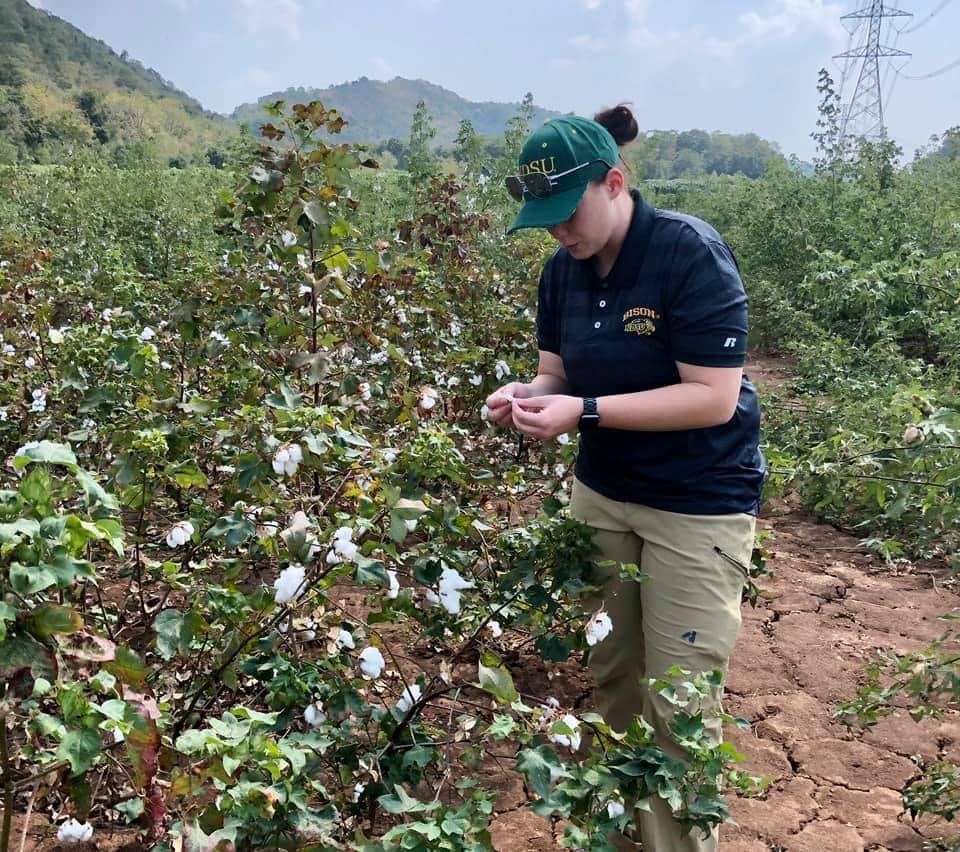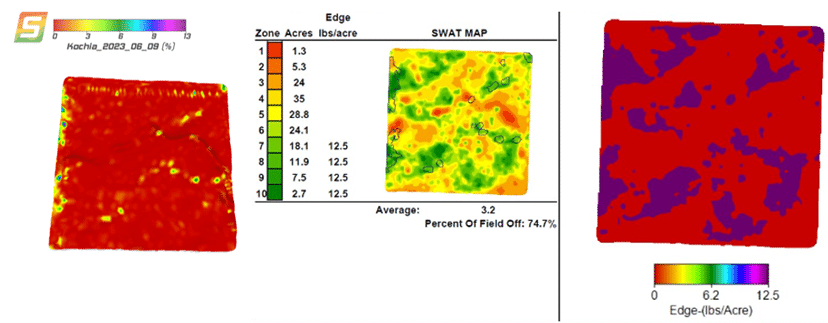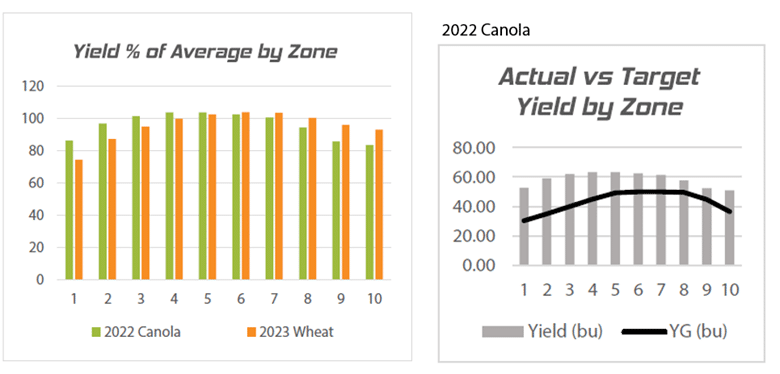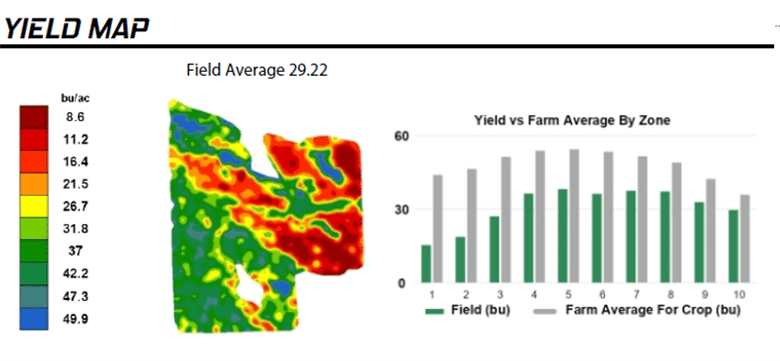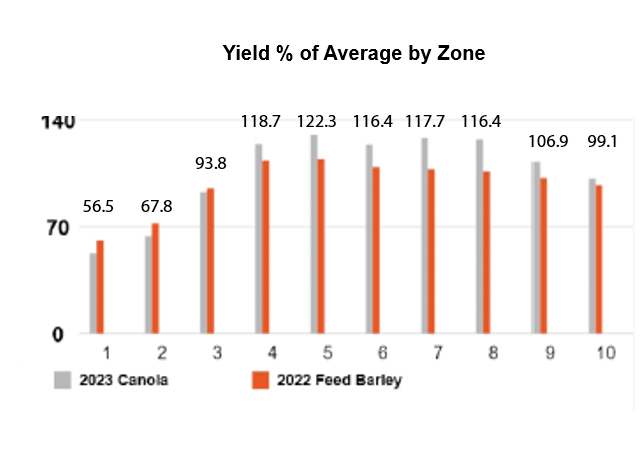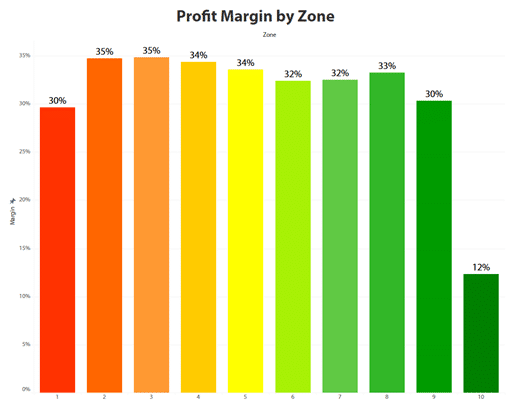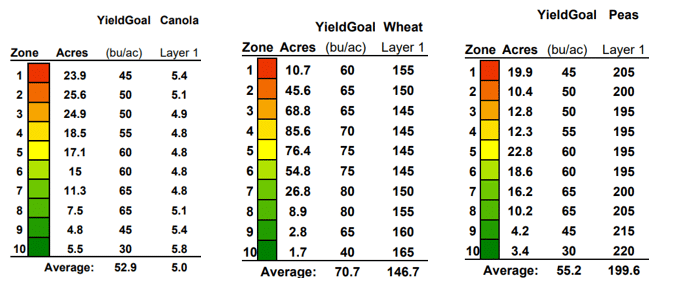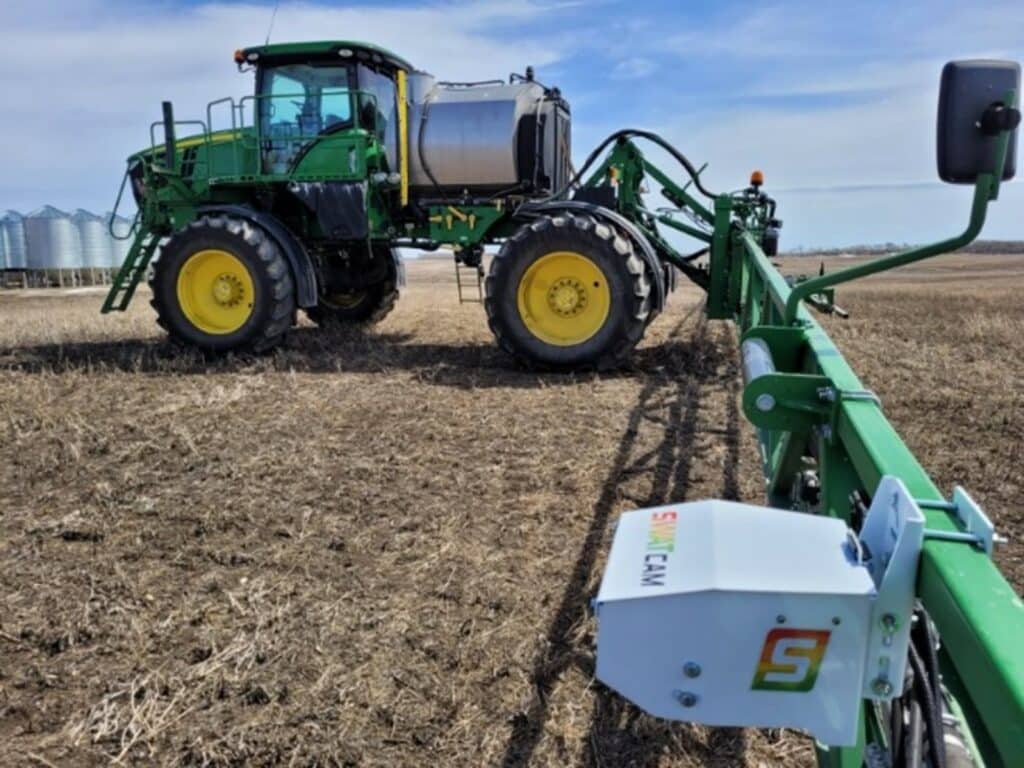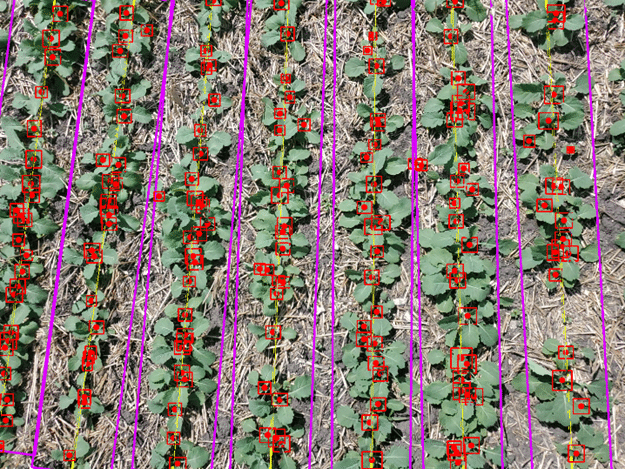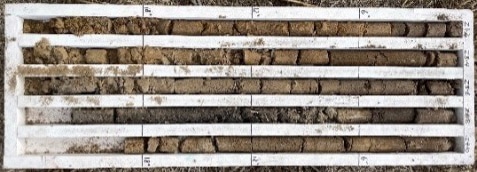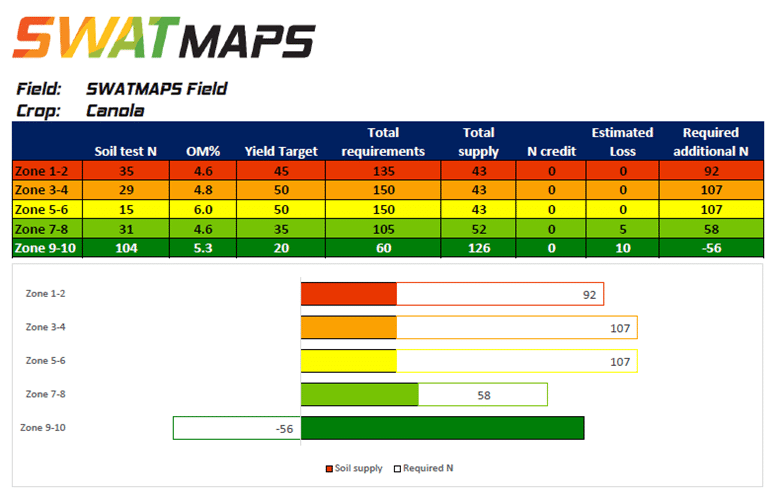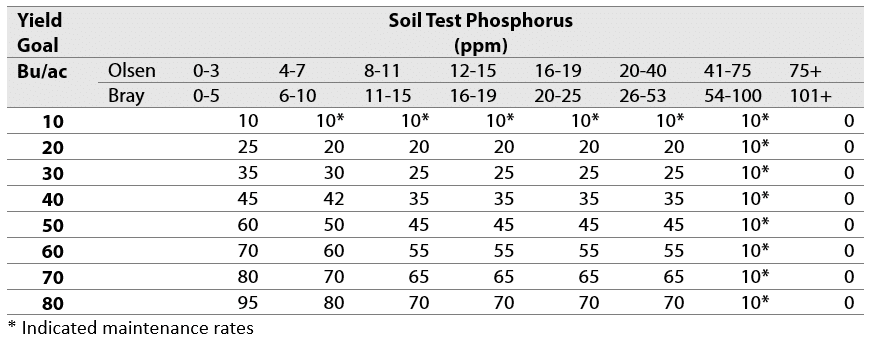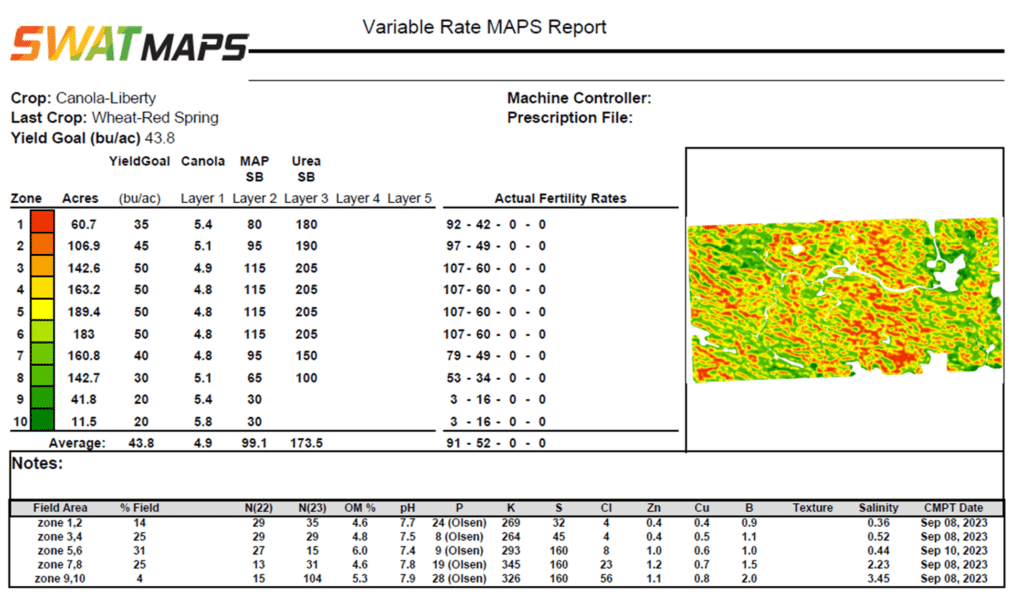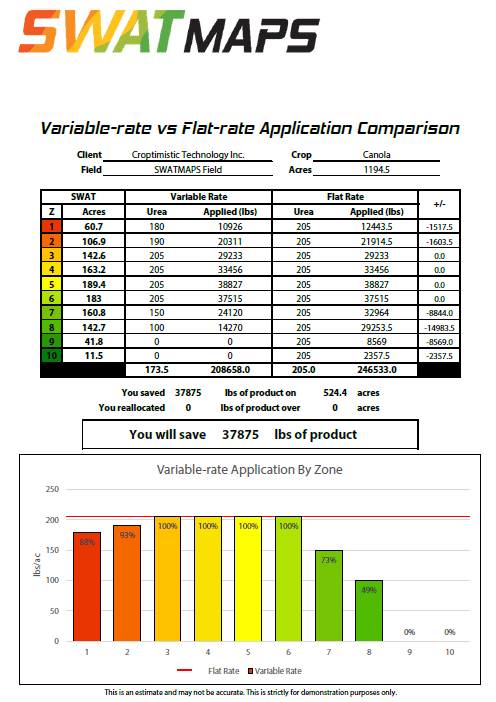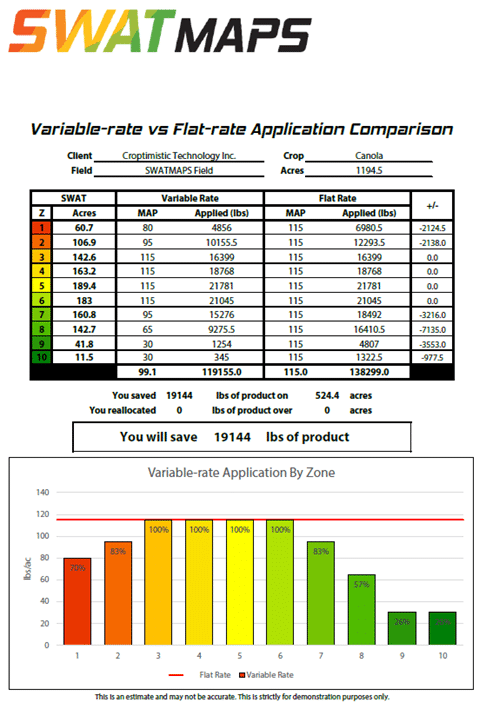Objectively Measuring Products and Practices with the SWAT ECOSYSTEM
In agriculture, farmers and agronomists are inundated with products and practices promising to rejuvenate soil, enhance crop health, and boost yields. These claims are often accompanied by side-by-side photos of plants or roots, showcasing dramatic differences in size, color, or vigor. While compelling at first glance, these images frequently lack any scientific rigour as they are often cherry-picked examples from unknown conditions that may not represent the broader field or treatment areas.
To make informed decisions, it’s crucial to evaluate these claims objectively. As agronomists, our role is to cut through the noise and provide measurable insights into how products or practices impact crop performance. While the SWAT ECOSYSTEM offers a suite of tools designed to enable precise, evidence-based evaluations, there are also other valuable resources available that can help bring clarity to these assessments, ensuring farmers and agronomists make decisions backed by reliable data.
Consistency in Side-by-Side Comparisons
Before diving into specific tools, it’s worth noting that any side-by-side comparisons must start with consistent sampling. At a minimum, plants should be chosen from the same SWAT zone—areas defined by soil, water, and topography characteristics. For instance, selecting samples from a Zone 5 (a mid-slope) ensures that the plants are growing in similar environmental conditions, reducing variability unrelated to the product or practice being tested. This basic principle is the foundation for fair and objective assessment.
Yield Analysis with the Yield Potential Program (YPP)
One of the most reliable indicators of success is yield. By using yield maps, farmers and agronomists gain an objective view of crop performance across an entire field. The SWAT MAPS Yield Potential Program (YPP) enhances this process by breaking down yield data by SWAT zones and further, into treatment areas if applicable.
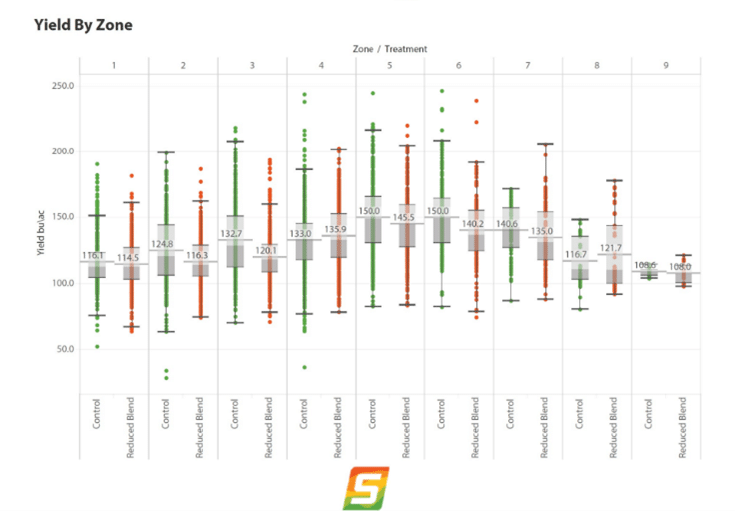
This functionality allows farmers to identify how a product or practice performs under various conditions within the same field. For example, a fertilizer might show a higher yield response in an upper landscape position or SWAT zone 1-4 for example, while its impact diminishes in wetter, depressional areas. Best practices for such trials include replicating treatments across multiple zones to minimize bias and improve reliability.
Assessing Crop Growth with SWAT CAM
SWAT CAM, a sprayer-mounted field imaging system, offers another layer of insight. It provides high-resolution images of the field after each sprayer pass, enabling agronomists to assess crop growth and plant stands with precision.
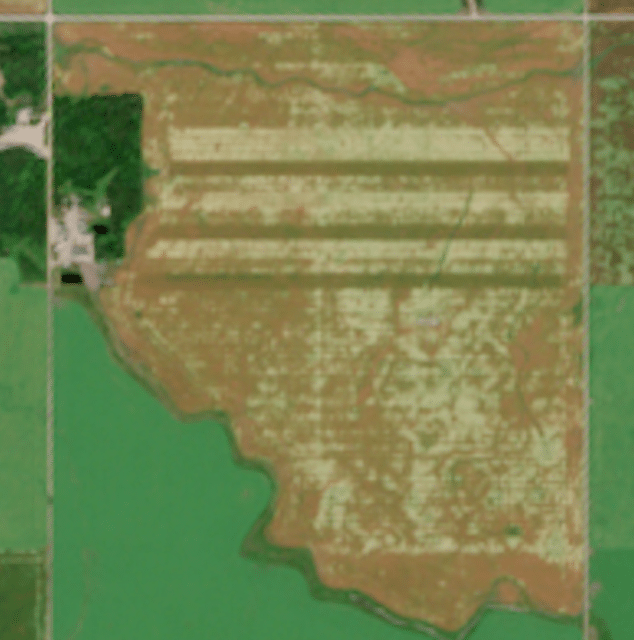
SWAT CAM can be particularly useful for visualizing treatment effects very early in season. The system creates maps of plant stands and crop coverage, with the added ability to zoom in on individual image points. This tool empowers farmers to make informed decisions by monitoring how products or practices influence crops throughout the growing season. Instead of relying solely on end-of-season yield data, SWAT CAM provides real-time feedback on plant health and uniformity.
Leveraging Other Tools for Objective Insights
In addition to YPP and SWAT CAM, several complementary tools can help refine treatment evaluations:
Satellite Imagery: Platforms like the Copernicus Browser offer weekly biomass imagery, allowing you to monitor growth differences throughout the season. While cloud cover or smoke can interfere with acquiring useful images, this is an excellent resource for spotting trends across large areas.
Comparative Tissue Testing: Tissue testing from treated and untreated areas within the same SWAT zone provides insights into nutrient uptake and plant health. This can often explain yield differences observed in the field.
Feel Confident in Your Decision Making
As an industry, we can do better than subjective side-by-side photos as evidence of product efficacy. By leveraging tools in the SWAT ECOSYSTEM—YPP for yield analysis, SWAT CAM for growth monitoring, and satellite imagery for seasonal trends—we can move toward more objective, data-driven evaluations. Many of these tools are readily accessible, cost-effective, and easy to implement, offering a deeper understanding of soil, crop, and yield variability. If you're ready to elevate your approach to assessing products and practices, start with the base layer for all SWAT ECOSYSTEM tools.
Interested in these tools? Get in touch with your SWAT MAPS agronomist today.
